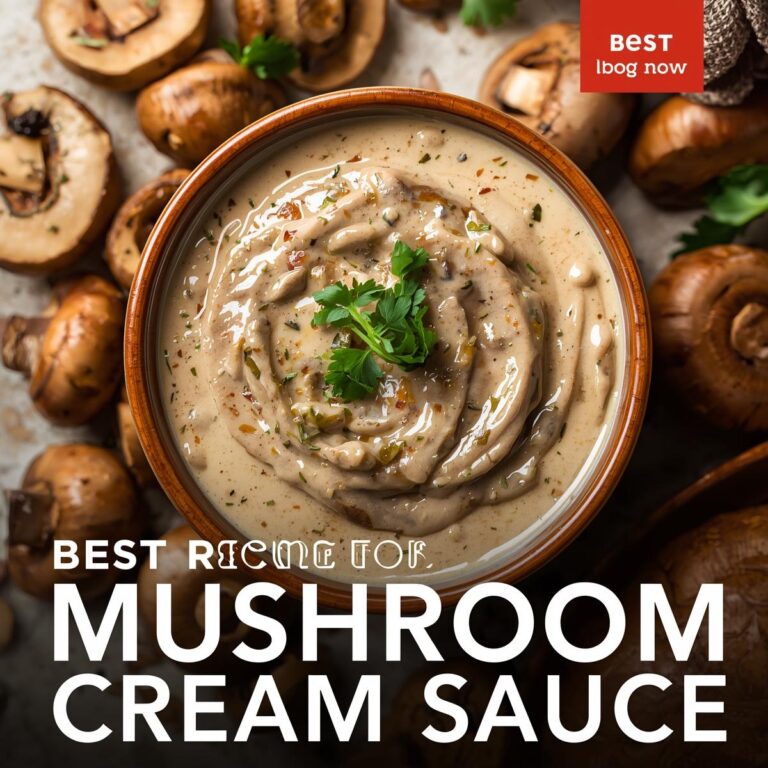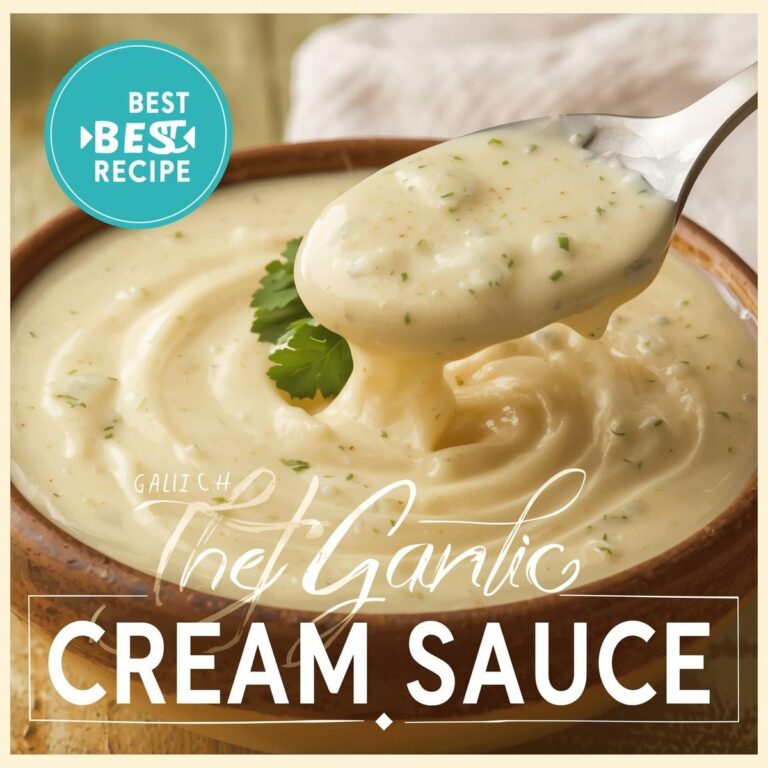Essential Ingredients for Authentic Peking Noodles
Core Components
- Wheat-Based Noodles: The backbone of the dish, offering a firm, chewy texture.
- Soy Sauce: Adds a salty, umami flavor. Dark soy sauce is preferred for a richer taste.
- Hoisin Sauce: Contributes a sweet and tangy depth.
- Sesame Paste: Provides a rich, nutty flavor, similar to tahini but with toasted sesame seeds.
Optional Enhancements
- Oyster Sauce: For extra savory depth.
- Protein Choices: Pork, chicken, or tofu for a more filling meal.
- Vegetables: Julienned cucumbers, bean sprouts, and carrots for crunch.
- Garnishes: Sesame seeds and chopped green onions for flavor and visual appeal.
Flavor Balancers
- Sugar and Garlic: To balance the sauce; minced garlic adds a pungent kick.
- Vinegar: Chinese black vinegar or rice vinegar for acidity.
- Chili Oil or Paste: For a spicy touch.
- Peanuts or Peanut Butter: For extra flavor and texture.
Preparing Peking Noodles
- Cooking the Noodles: Boil until tender, then cool under running water.
- Preparing the Sauce: Combine and heat the ingredients for flavor blending.
- Mixing: Combine noodles, sauce, vegetables, and protein.
Serving Peking Noodles
- Temperature: Serve at room temperature or slightly chilled.
- Garnishes: Enhance with sesame seeds or chopped green onions.
Cultural Significance of Peking Noodles
- In Beijing and China: More than food, they symbolize cultural heritage and are enjoyed during gatherings and celebrations.
Regional Variations Across China
- Northern China: Thicker sauce and broader noodles.
- Southern China: Lighter, sweeter sauce with thinner noodles.
- Sichuan Province: Spicy twist with Sichuan peppercorns and chili oil.
- Coastal Regions: Seafood versions with lighter sauce.
- Fusion Variations: Incorporating ingredients from other cuisines.
Mastering the Art of Cooking Peking Noodles
- Select Quality Ingredients: High-quality wheat noodles, fresh vegetables, and proteins.
- Prepare Noodles and Sauce Carefully: Boil noodles just right, and mix sauce ingredients well.
- Balance of Flavors: Adjust sauce ingredients for the perfect savory, sweet, and nutty balance.
- Freshness and Texture: Use fresh vegetables for crunch; ensure noodles are firm.
The Unique Taste and Texture of Peking Noodles
- Flavor Profile: A blend of savory, sweet, nutty, and mildly spicy flavors.
- Texture: Firm, chewy noodles with crisp vegetables.
Health Benefits and Considerations
- Nutrient-Rich Ingredients: Whole wheat noodles, lean proteins, and vegetables.
- Balanced Diet: Carbohydrates, proteins, fats, vitamins, and minerals.
- Digestive and Heart Health: Dietary fiber and lean proteins.
- Weight Management: High fiber content and nutritional value.
Perfect Pairings: What to Serve with Peking Noodles
- Side Dishes: Dim sum, stir-fried vegetables, Chinese cucumber salad, hot and sour soup.
- Desserts: Fruit platters, sesame balls, fortune cookies.
Vegetarian Twists on Traditional Peking Noodles
- Ingredient Substitutions: Egg-free noodles, tofu or tempeh, vegetarian sauces.
- Increased Vegetable Variety: Shiitake mushrooms, bell peppers, spinach.
- Nutritional Benefits: High in protein, vitamins, minerals, and dietary fiber.
Best Meats to Enhance Peking Noodles
- Pork: Char Siu or ground pork.
- Chicken: Shredded or thigh meat.
- Beef: Sliced beef or marinated beef strips.
- Duck: Roasted duck for a rich flavor.
- Seafood: Shrimp or scallops for a lighter touch.
Street Food Variations of Beijing’s Noodle Dish
- Quick and Convenient: Ideal for fast-paced street food culture.
- Customizable: Various protein and vegetable options.
- Serving and Presentation: Simple, portable containers for on-the-go eating.
Tips for Making Peking Noodles at Home
- Right Noodles and Sauce: Choose firm, chewy noodles and prepare a balanced sauce.
- Fresh Vegetables and Proteins: Use fresh ingredients for better flavor and texture.
- Tossing and Serving: Evenly coat noodles with sauce, serve at the right temperature.
Peking Noodles in Festive Celebrations
- Symbolic Significance: Longevity and prosperity.
- Common Occasions: Lunar New Year, birthdays, family gatherings.
- Special Ingredients and Presentation: For a festive touch.
The Art of Handmade Peking Noodles
- Ingredients and Preparation: Quality wheat flour, water, salt.
- Rolling and Cutting: Thin, evenly rolled dough, cut into strips.
- Cooking and Serving: Boiled, rinsed, and served with savory sauce and toppings.
- Cultural Significance: A reflection of skill, tradition, and culinary heritage.
Advanced Cooking Techniques for Peking Noodles
Perfecting the Noodle Texture
- Resting the Dough: Allows gluten to relax, making the noodles more pliable.
- Consistent Thickness: Ensures even cooking; use a pasta roller for precision.
- Cold Water Rinse: Stops the cooking process, preserving the noodle’s chewiness.
Sauce Mastery
- Slow Simmering: Gently simmer the sauce to meld flavors without burning.
- Balancing Flavors: Experiment with ingredient ratios for the perfect umami, sweet, and savory balance.
- Texture Adjustment: Use stock or water to reach the desired consistency.
Creamy Chicken and Chorizo Pasta: A Culinary Delight
Dietary Adaptations of Peking Noodles
Gluten-Free Options
- Noodle Substitutes: Rice noodles or gluten-free pasta as alternatives.
- Sauce Adjustments: Ensure soy and hoisin sauces are gluten-free.
Low-Calorie Variations
- Vegetable Noodles: Zucchini or carrot noodles for a lighter version.
- Lean Proteins: Incorporate grilled chicken or fish instead of red meat.
Peking Noodles as a Fusion Dish
- Incorporating International Flavors: Adding ingredients like Italian pesto or Japanese miso can create an exciting fusion.
- Modern Twists: Experiment with unconventional toppings like avocado or roasted nuts for a contemporary take.
The Role of Peking Noodles in Chinese Festivals
- Mid-Autumn Festival: Served as a comfort dish, symbolizing family unity.
- Dragon Boat Festival: Enjoyed as part of the diverse culinary offerings, representing the richness of Chinese culture.
Peking Noodles in Contemporary Chinese Cuisine
- Fine Dining Interpretations: Chefs in high-end restaurants might present gourmet versions, focusing on presentation and exotic ingredients.
- Health-Conscious Trends: Modern adaptations with a focus on health, such as using organic ingredients or less oil.
Educational Aspects of Peking Noodles
- Cooking Classes: Many culinary schools and workshops teach the art of making Peking noodles, emphasizing traditional techniques.
- Cultural Exchange Programs: Food enthusiasts and chefs from around the world learn and share the cultural significance of this dish.
Peking Noodles in the Global Culinary Scene
- International Recognition: Gaining popularity in global cuisine, with restaurants worldwide featuring their versions of the dish.
- Culinary Competitions: Often featured in cooking contests, showcasing the skill of chefs in preparing this intricate dish.
Sustainability and Peking Noodles
- Locally Sourced Ingredients: Encouraging the use of local, seasonal vegetables and meats to promote sustainability.
- Vegetarian and Vegan Versions: More eco-friendly and sustainable, reducing the carbon footprint associated with meat production.
Peking Noodles in Art and Media
- Culinary Shows: Featured in cooking shows and documentaries, highlighting the dish’s cultural importance.
- Artistic Representations: Inspiring artists and photographers with its vibrant colors and textures, symbolizing Chinese culinary art.
Conclusion: The Ever-Evolving World of Peking Noodles
Peking noodles, a dish steeped in history and tradition, continue to evolve and adapt, reflecting the dynamism of Chinese cuisine. From street food stalls to fine dining restaurants, from traditional recipes to modern, health-conscious versions, this dish transcends boundaries and continues to captivate food lovers around the world. Its versatility and rich cultural background make it not just a culinary delight but also a medium for cultural expression and innovation in the global culinary landscape.






